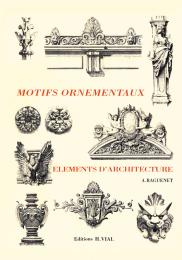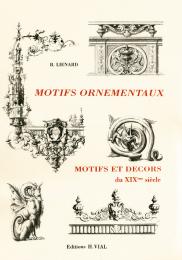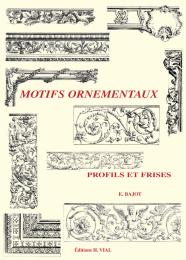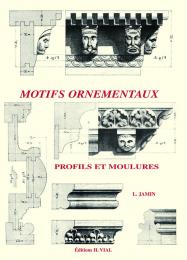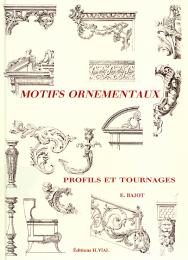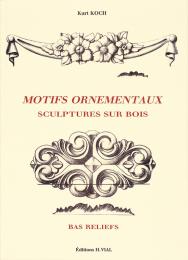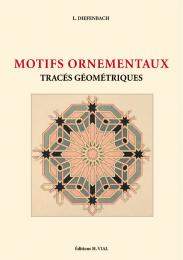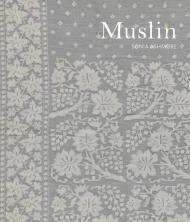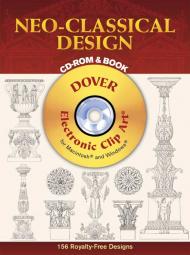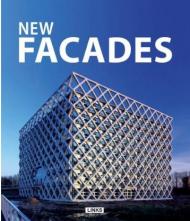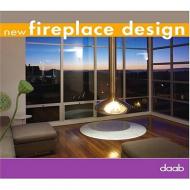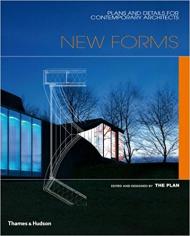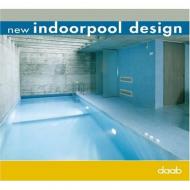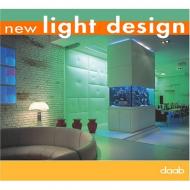Ce livre sans texte propose plusieurs milliers de gravures représentant des éléments ornementaux d’architecture pour la plupart en pierre, même si le bois, le fer et la calligraphie ne sont pas oubliés. Ces motifs ornementaux sont classés par ordre alphabétique, de Acanthe à Vase. Il peut s’agir de sculptures, de bas-relief, de moulures, de petits ou grands éléments d’architecture civile, militaire ou religieuse, de pièces décoratives et d’ornements divers.
Cet ouvrage est la réédition en un volume d’une revue mensuelle d’architecture qui fut publiée à partir de 1872, intitulée Matériaux et documents d’architecture, que dirigea l’architecte Antonin Raguenet. L’abondance et la précision des gravures, l’intérêt des ornements de toutes les époques, la variété des représentations ne pourront que combler le lecteur intéressé.
Sommaire
Acanthe Accolade Acrotère Agrafe Aigle Aileron Ancre Angle Animaux Antéfixe Applique Arabesque Arcature Archivolte
Attributs Autel
Balcon Balustrade Balustre Bandeau Base Bénitier Blason Bordure Buste
Cadre Caisson Candélabre Cariatide Cartouche Chaire Chapiteau Chimère Cheminée Chéneau Chute Circonférence Clef Clef de voûte Confessionnal Console Contrecœur Corbeau Corniche Couronne Crête Crochet Croix Cul-de-lampe
Dais Dauphin
Écoinçon Encadrement Encorbellement Enfants Entrelacs Escalier
Fenêtre Feuilles Fleuron Fleur Fontaine Fonts baptismaux Frise Fronton Fût
Galerie Gargouille Grecque Grille Groupe Guirlande
Heurtoir Horloge
Imposte
Japonaiseries
Kiosque
Lettres Lion Lobe Losange Lucarne Lutrin
Marmouset Mascaron Masque
Médaillon Miséricorde Monogramme
Niche Nielle Œil-de-bœuf
Ove
Palmette Panneau Pilastre Pinacle Piscine Porche Portes Puits
Queue de voûte
Rinceau Rococo Rosace Rose
Siège Socle Stalle Statue
Table Tableau Tailloir Tenant Tombeau Trépied Trophée Tympan
Urne
Vase
